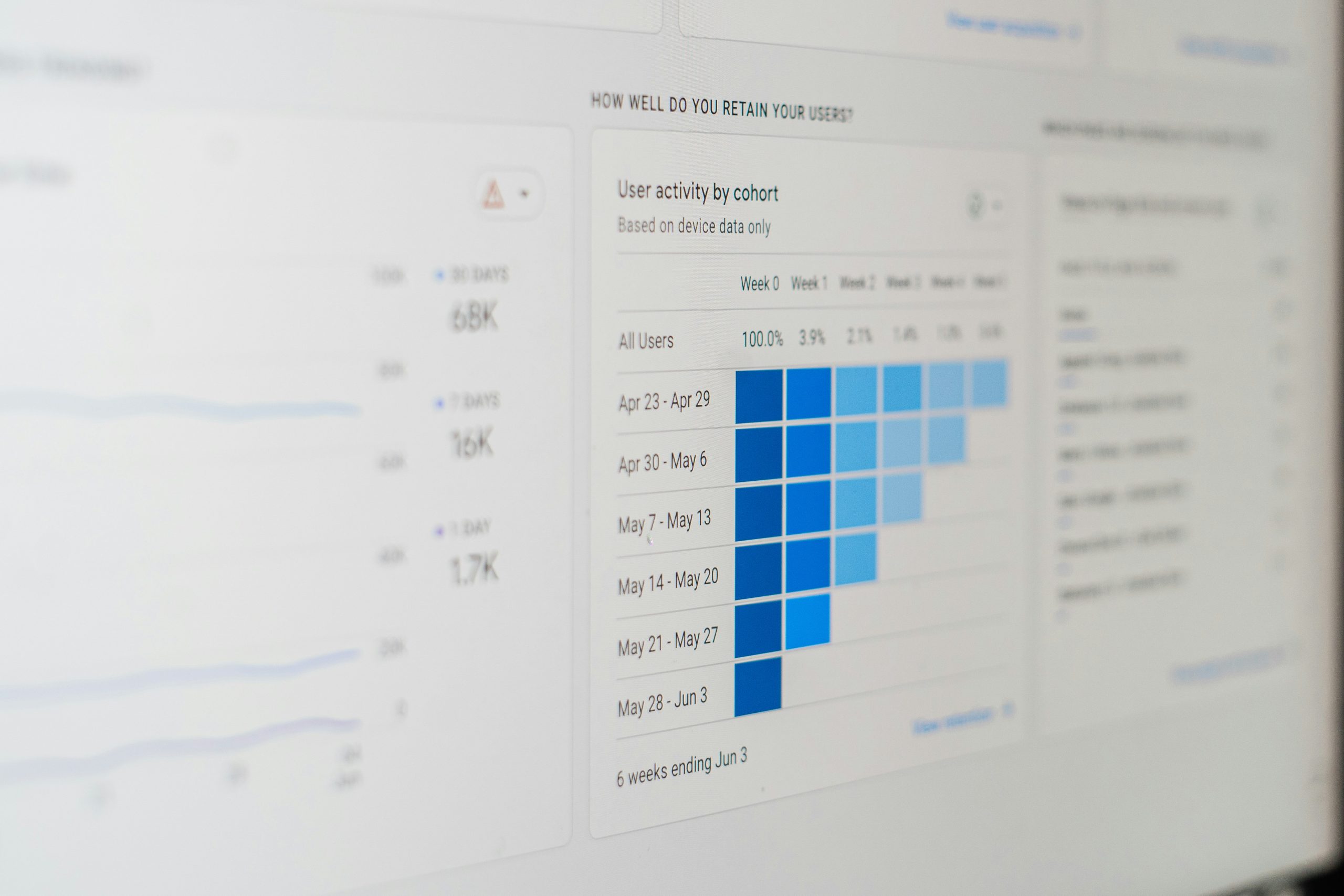If you’re a blogger, YouTuber, or digital creator, keyword research remains the backbone of SEO success. But here’s the good news, you no longer need expensive subscriptions to uncover powerful keywords.
With the right free SEO tools for bloggers, you can discover what your audience is searching for, craft content that matches intent, and build organic traffic over time.
This guide shows you how to do keyword research like a pro, even if you’re just starting out. You’ll learn how to use free and AI-powered tools, apply smart on-page SEO plugins, and use data-backed strategies to grow your content brand.
Key Focuses
- Great keyword research starts with audience understanding, not volume chasing.
- Free SEO tools like Ubersuggest and Google Keyword Planner can deliver powerful insights.
- AI tools for SEO optimisation speed up clustering and intent analysis.
- On-page SEO plugins make keyword implementation simple.
- Continuous research = sustainable blog growth.

What Is Keyword Research (and Why It Matters)
Keyword research is the process of identifying and analyzing the terms people use to find information online.
By mastering keyword research for content creators, you can:
- Plan smarter content that attracts your ideal readers.
- Understand search intent, what users really want.
- Build topical authority with related content clusters.
💡 For foundational techniques, explore our SEO & Blogging hub for more on keyword planning and content structure.
Step 1: Understand Search Intent First
Before you dive into tools, think about your audience’s mindset.
Someone searching for “AI tools for SEO optimisation” wants practical solutions, not theory. Another looking for “best on-page SEO plugins” needs actionable product suggestions.
By understanding intent early, you’ll target keywords that convert, not just attract clicks.
🔗 Learn more about audience intent and sales strategy in our Email Marketing & Sales Funnels section.
Step 2: Use Free SEO Tools for Bloggers
You don’t need premium subscriptions to uncover quality keywords. Start with these free SEO tools:
1. Google Keyword Planner
- Excellent for search volume and competition insight.
- Ideal for foundational keyword ideas.
2. Ubersuggest (by Neil Patel)
- Combines keyword suggestions, difficulty scoring, and related content ideas.
- Try Ubersuggest here, the free version offers great starter data.
3. AnswerThePublic
- Generates long-tail questions and keyword clusters visually.
- Great for content creators focusing on “how” and “why” topics.
4. Google Search Console
- Reveals what you’re already ranking for, priceless for refining your strategy.
🧠 For more ways to leverage AI tools in keyword research, check our AI Content Creation guides.

Step 3: Analyse Keyword Difficulty & Intent
Once you have your list, evaluate keyword difficulty (KD) and search intent:
- Low KD: Easier to rank for (ideal for new blogs).
- High KD: Best targeted once you have established authority.
Intent types to focus on:
- Informational – “How to do keyword research like a pro.”
- Commercial – “Best on-page SEO plugins.”
- Transactional – “Download free SEO tools.”
Creating topic clusters around these categories improves ranking potential.
🔗 Find more SEO clustering strategies in our SEO & Blogging section.
Step 4: Use AI Tools for SEO Optimisation
AI can transform keyword research from manual to strategic.
These AI tools for SEO optimisation help automate analysis:
- Surfer SEO: Clusters and scores content automatically.
- Frase: Analyzes SERPs and content gaps.
- ChatGPT or Gemini-based plugins: Quickly brainstorm related long-tail keywords.
Try Frase for free, it’s an excellent way to start automating your keyword workflow.

Step 5: Optimise with the Best On-Page SEO Plugins
After selecting your keywords, use on-page SEO plugins to optimise content.
- Rank Math – Feature-rich and beginner-friendly. Get Rank Math here (affiliate link)
- Yoast SEO – Trusted, easy to use, and great for optimization checklists.
- AIOSEO – Lightweight with useful on-page tools.
These plugins guide you through meta tags, keyword placement, readability, and linking.
💡 Find our full plugin comparison in the SEO & Blogging category.

Step 6: Track, Adjust, and Repeat
SEO is an ongoing experiment.
Monitor performance in:
- Google Search Console – keyword impressions and CTR.
- Google Analytics – content traffic and insights on time spent on pages/website.
- Ubersuggest or Ahrefs (free tiers) – trend shifts and new ideas.
Update or republish your best-performing content regularly to maintain rankings.
🔗 Explore our Social Media & Automation section to learn how to automate content promotion and updates.
Common Mistakes to Avoid
- Targeting keywords too competitive for your domain authority.
- Ignoring low-volume long-tail phrases.
- Misaligning content with user intent.
- Failing to update keyword lists as trends shift.
- Neglecting internal linking structure.
💡 Review your internal links quarterly, it boosts crawlability and authority distribution.
Conclusion: Keyword Research Is Easier Than You Think
Keyword research isn’t just about data, it’s about connection.
By using free tools and understanding intent, you can find keywords that actually matter to your audience.
To recap:
- Start with audience intent.
- Use free SEO tools to collect ideas.
- Leverage AI for clustering and optimization.
- Apply on-page SEO plugins for structure.
- Track, refine, repeat.
👉 Next, explore our AI Content Creation hub to discover how artificial intelligence can make keyword research faster, smarter, and more creative.
👉 Sign up for my newsletter below for weekly creator marketing tips and tool discoveries


